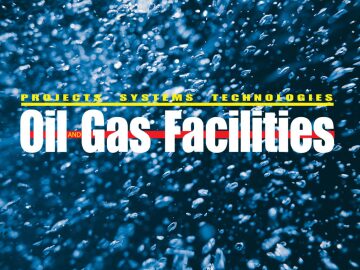
Summary
Tomorrow’s energy needs are driving the industry to pursue the concept of “no oil left behind.” But this goal comes at a cost as the pressures in remote deepwater reservoir pockets are depleted and the water cuts increase. Existing technology is evolving to meet the challenges to automate water separation and purification in deepwater for environmentally safe discharge at the seabed.
To solve these problems, the objectives must be defined; the best available solutions must be selected, and the technology gaps must be identified and closed. Environmental protection is a priority, and the translation of the existing statutory regulations regarding discharged water quality is the starting point. Safety and reliability will follow along with the flexibility to tailor the system to match the reservoir’s changing needs and to incorporate the best, newest, and fastest-developing technology. Equipment relocation may also prove commercially attractive.
Major challenges will include remote process train control and monitoring, and the ability to perform routine maintenance while the wells still flow. Some of this technology could have immediate benefits to surface processes that would in turn provide ideal proving grounds before the technology ventures into deepwater.
Read or download the full SPE paper 165574-PA.
